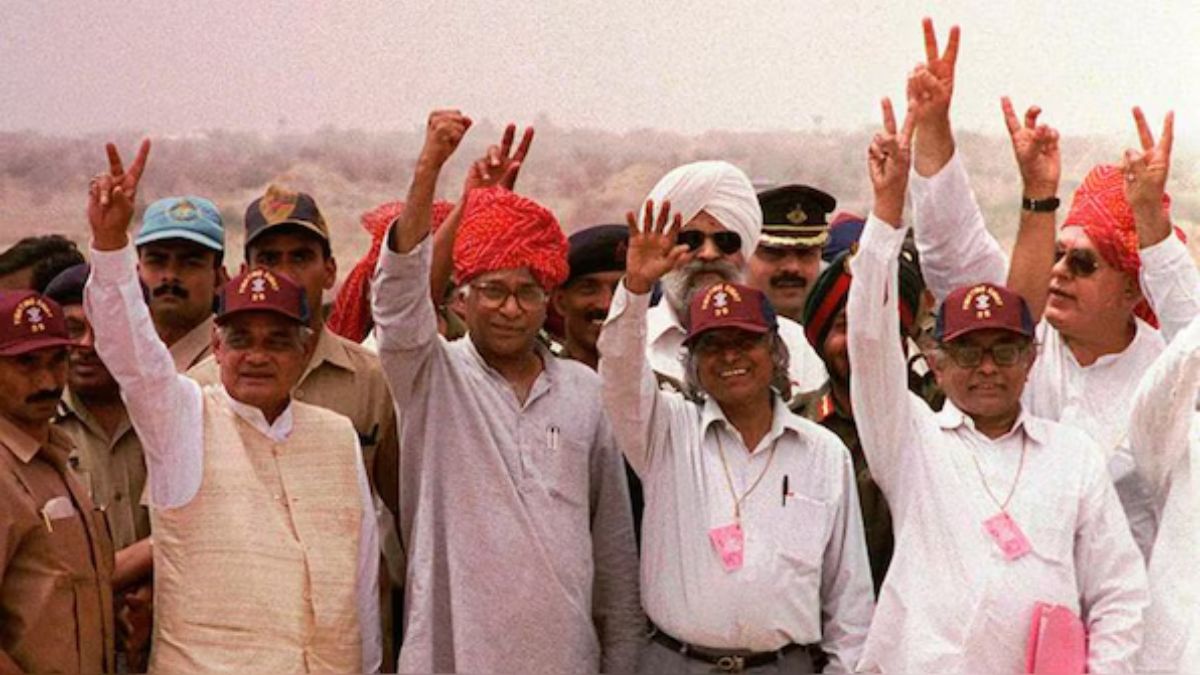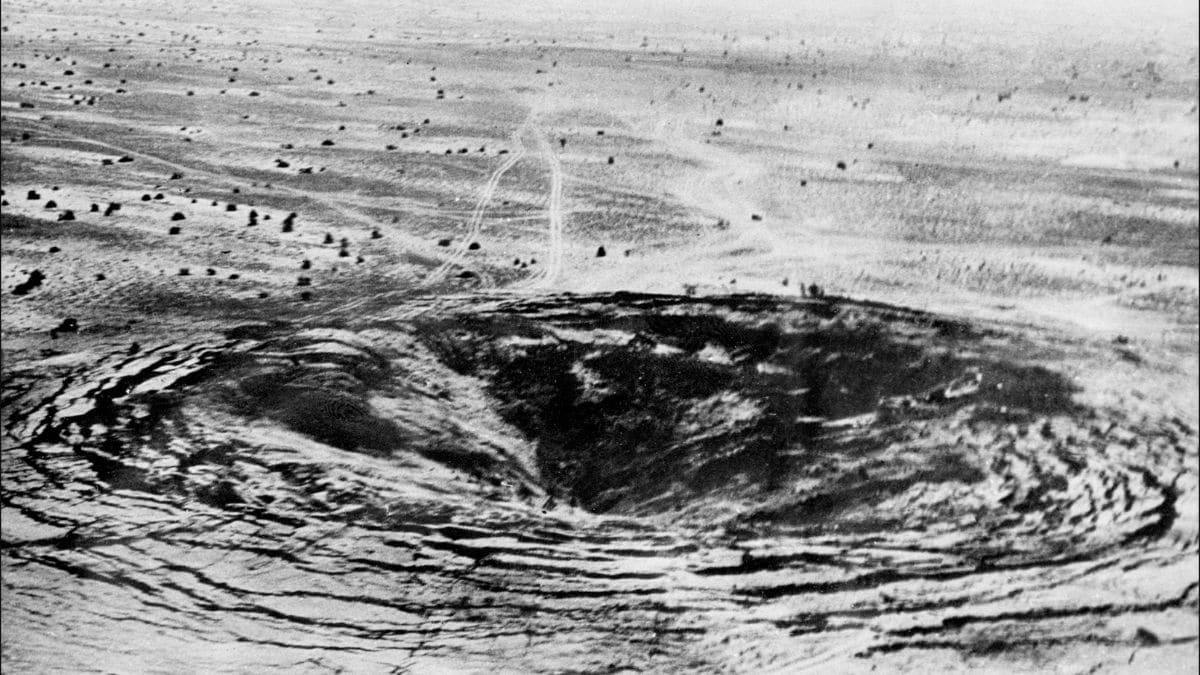On August 7, 2025, Washington imposed a 25 per cent tariff on imports from around 70 countries, including India. For New Delhi, the announcement came with an additional warning: the levy would double unless India altered its energy ties with Moscow.
Three weeks later, the United States moved to
Prime Minister Narendra Modi, responding to concerns about the pressure from Washington, declared on August 25 that India would not compromise on the needs of domestic constituencies.
“Pressure on us may increase, but we will bear it.” He stressed the need to protect farmers, cattle-rearers, and small industries, signalling that Indian
The escalation has alarmed sections of industry. Concerns focus on the IT and outsourcing sectors, which depend heavily on US contracts, as well as manufacturing exports that face shrinking access to the American market.
Critics warn of layoffs, a slowdown in business process outsourcing in Bengaluru and Hyderabad, and the possibility of entire sectors losing competitiveness.
Supporters of negotiation argue that the economic costs could be significant, while
What happened when the US sanctioned India in 1998
Pokhran-II: The nuclear tests
On May 11, 1998, India conducted three underground nuclear tests at the Pokhran test site in Rajasthan. The detonations included a fission device of about 12 kilotonnes, a thermonuclear device yielding around 43 kilotonnes, and a sub-kilotonne device.
Two additional tests followed on May 13. Together, these marked India’s definitive

From left to right, Prime Minister Atal Bihari Vajpayee, Defence Minister George Fernandes, India's 'missile man' APJ Abdul Kalam and Atomic Energy chief R Chidambaram display the victory symbol during a visit to the Shakti 1 test site, where India tested nuclear device in Pokhran. File Image/AP
International reaction, however, was swift and harsh. For Washington, the explosions represented not a
Under Section 102 of the Arms Export Control Act — commonly referred to as the Glenn Amendment — US presidents were legally bound to impose sanctions on any non-nuclear weapon state that conducted nuclear tests.
The White House wasted no time. On May 13, 1998, US President Bill Clinton reported to US Congress that sanctions had been imposed.
As laid out in the official statement, the measures included:
-
Termination of assistance under the Foreign Assistance Act of 1961, with only humanitarian aid and food or agricultural commodities exempted.
- Suspension of sales of defence articles, services, and licenses for any item on the United States Munitions List.
- Cancellation of all foreign military financing under the Arms Export Control Act.
- Denial of credits, guarantees, or financial assistance by US government agencies.
- Prohibition of loans or credits to the Government of India by American banks, except for food
and agriculture purchases.
- US opposition to financial or technical assistance loans to India at international financial institutions.
- Prohibition of the export of specific goods and technology subject to licensing by the Commerce Department.
The Export-Import Bank of the United States was similarly barred from extending insurance, guarantees, or credits for exports to India. The net effect was to shut down avenues of defence cooperation, restrict high-technology transfers, and curtail financial flows.
Intelligence failure on America's part
The tests were not just a shock to the global non-proliferation regime but also an embarrassment for US intelligence agencies. The CIA and other organisations had failed to detect signs of Indian preparations despite extensive surveillance.
Commentators described New Delhi’s concealment strategy as a case of “denial and deception,” fuelling doubts about the United States’ ability to credibly verify compliance with the Comprehensive Test Ban Treaty in the future.
In Washington, the political backlash was severe. For the Clinton administration, which had been working to promote nuclear non-proliferation, the detonations were a major setback.
The sanctions had been designed to hit governments rather than populations. Humanitarian trade was exempt, and exceptions ensured that US interests faced minimal collateral damage.
Nevertheless, they symbolised a rupture in the growing engagement between New Delhi and Washington that had begun after the Soviet Union’s collapse.
How US allies & Russia responded
The United States was not alone in penalising India. Most of its allies, with the notable exception of France, imposed sanctions of their own. Paris condemned the nuclear detonations but refused to implement punitive economic measures.
Russia, India’s long-standing defence partner, expressed concern about proliferation risks but did not join the sanctions regime.
Earlier, following India’s 1974 “Peaceful Nuclear Explosion,” the United States had also spearheaded
In both 1974 and 1998, Western allies largely aligned with Washington, isolating India diplomatically. What differed in 1998 was the scale of restrictions under the Glenn Amendment, which targeted economic, military and technological cooperation across the board.

A crater marks the site of the first Indian underground nuclear test conducted on May 18, 1974 at Pokhran in the desert state of Rajasthan. File Image/AFP
Sector-specific sanctions also
These controls highlighted Washington’s determination to deny India access to sensitive dual-use technology.
How India persevered
Despite dire predictions, India did not collapse under the weight of the 1998 sanctions. Commentators at the time warned that American measures would wipe away decades of development, and some editorials foresaw
These fears, however, proved exaggerated. India continued to function, absorbing the shock while recalibrating its external partnerships.
By 1999, the US Congress had authorised the US President to waive sanctions.
The US Department of Defense Appropriations Act of 2000 provided a framework for exemptions, and high-level dialogue began between Indian External Affairs Minister Jaswant Singhand US Deputy Secretary of State Strobe Talbott. Over two years, their discussions created a new
The process culminated in Clinton’s 2000 visit to India — the first by a US president in 22 years. That trip marked the beginning of a slow but steady transformation.
By 2001, most of the restrictions had been lifted, and within a decade, the 2008 US-India Civil Nuclear Agreement erased more than three decades of estrangement.
The nuclear issue had gone from being the source of sanctions to becoming the foundation of strategic partnership.
How US-India trade tensions aren't new
The
These so-called “Super 301” actions mirrored today’s complaints about Indian protectionism.
The standoff dragged on for more than a year but ended when India’s economy entered a severe balance-of-payments crisis.
In 1991, the government of PV Narasimha Rao launched
As a result, the Super 301 case lost relevance.
The lesson was that economic reforms born of necessity could also resolve external disputes.
However, the 2025 Trump tariff war takes place in a different global environment — supply chains are deeply integrated, India’s economy is far larger, and migration opportunities abroad are part of middle-class aspirations.
What India can learn from history to
tackle Trump's tariffs
The current tariff escalation under Trump is not identical to past sanctions but shares certain dynamics.
Then, as now, Washington sought to use economic leverage to alter Indian policy.
Then, as now, there were predictions of disaster from critics who advocated accommodation.
Yet history shows that sanctions and tariffs have often been temporary tools, giving way to renewed engagement once both sides recognise the strategic value of partnership.
India’s ability to withstand
For today’s policymakers, the challenge lies in balancing resilience with pragmatism.
Indian entrepreneurs have found markets from Europe to East Asia, diversifying away from reliance on a single partner.
The present tariff war may inflict pain, particularly on sectors tied to the US economy, but it also reflects the growing weight of India in global trade.
But
With inputs from agencies
















